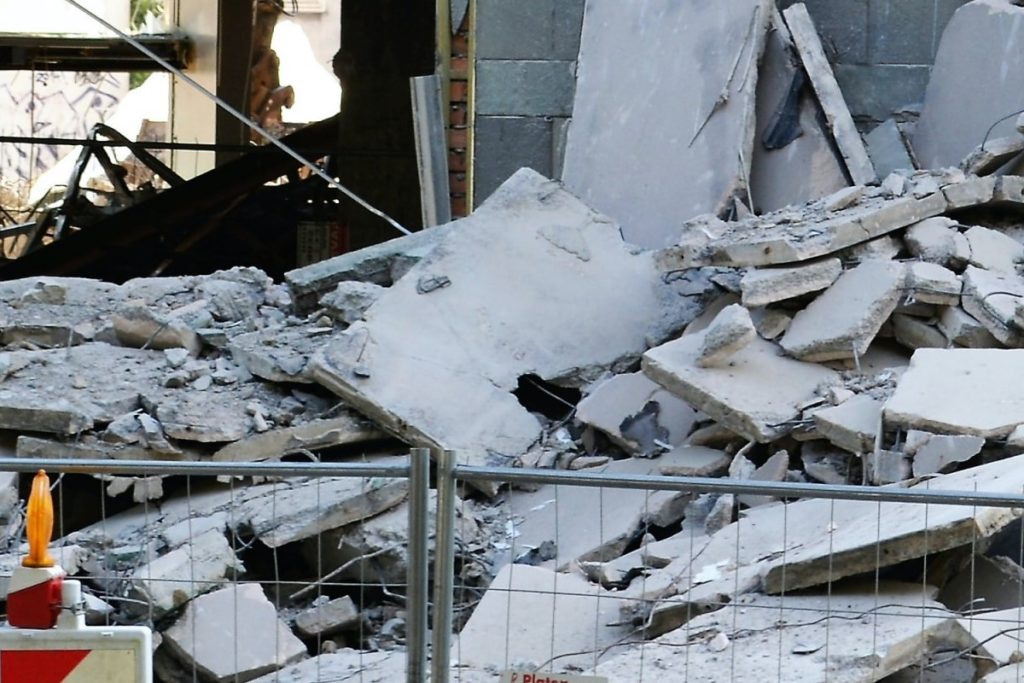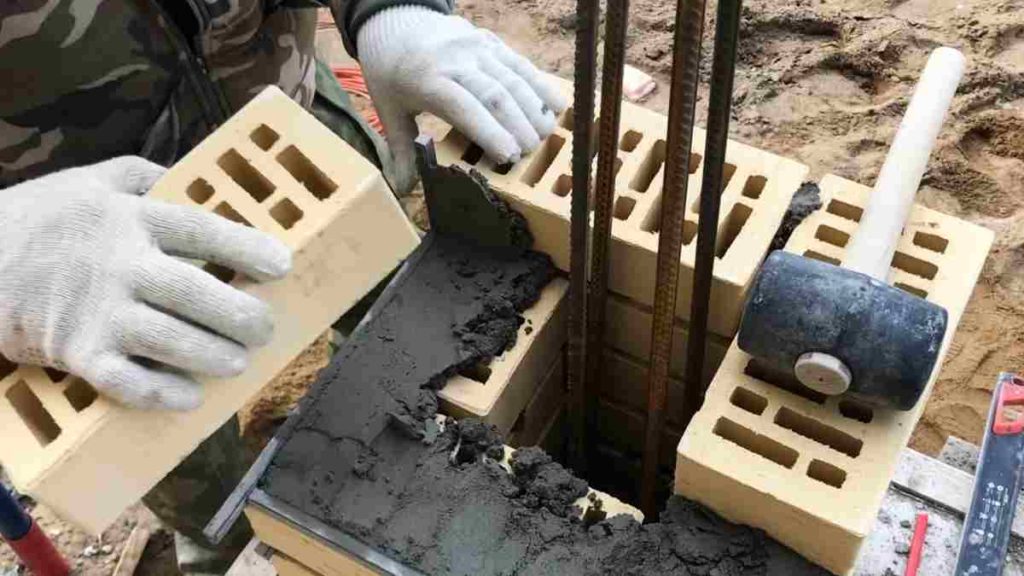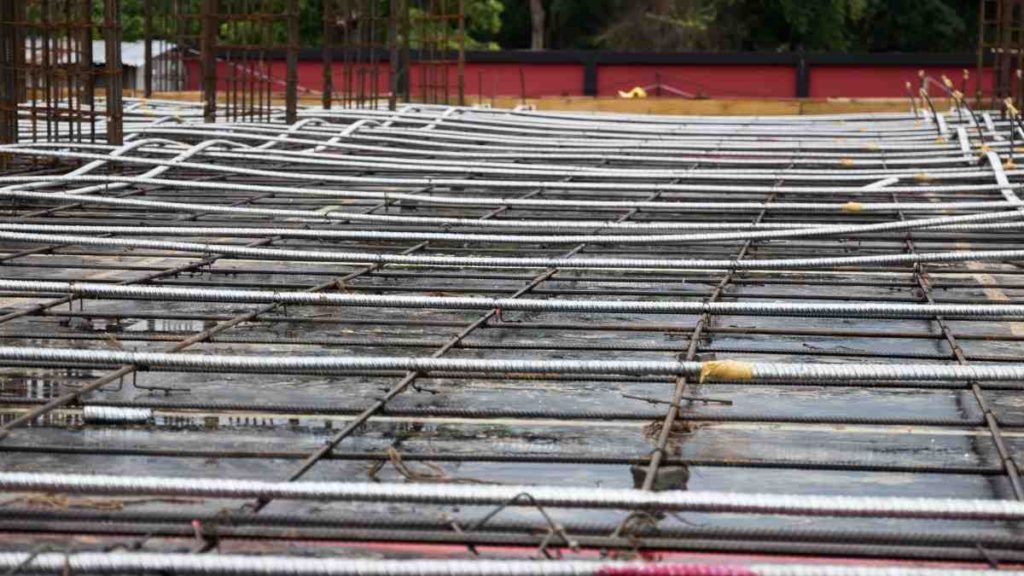Earthquake Engineering though not a mainstream engineering branch, is a widely researched topic now. Though all of us wouldn’t have experienced an earthquake most of us must have seen news and videos about the tremendous loss it causes. Looks scary, right? That’s exactly what makes Earthquake Engineering a subject of immense possibilities and research.
In this blog let me walk you through what is Earthquake Engineering and the relevant topics in Earthquake Engineering.
What is Earthquake Engineering?
Earthquake engineering is a branch of civil engineering that considers the impacts of earthquakes while designing and analysing engineering structures. The ultimate aim is to make such structures more earthquake resistant.
In a major earthquake, an earthquake (or seismic) engineer attempts to construct structures that will not be affected by slight shaking and will prevent significant damage or failure. Earthquake engineering is a scientific area concerned with reducing seismic risk to appropriate socioeconomic levels to protect society, the natural environment, and the built environment from earthquakes.
Earthquake Engineering Objectives
The main objectives of earthquake engineering include:
- Anticipate the effects of powerful earthquakes on urban areas and civil infrastructure.
- Design, construct and maintain structures so that they function as expected and per building codes when exposed to earthquakes.
Isn’t it amazing that a properly designed structure need not be extremely strong or costly? Instead, it just has to be carefully designed to withstand seismic forces while sustaining a minimum amount of damage. In this blog, I will show you how exactly this can be done.
Earthquake Engineering Relevant Topics
Let me give you a brief description of earthquake engineering’s relevant topics.
- Seismic Performance in Earthquake Engineering
- Seismic Vibration Control in Earthquake Engineering
Earthquake Engineering- Seismic Performance
The ability of a structure to maintain its key functions, such as protection and serviceability, during and after an earthquake exposure is referred to as earthquake or seismic performance. If a structure does not threaten the lives and well-being of those in or around it by partially or fully collapsing, it is considered secure.
Earthquake Engineering- Seismic Vibration Control
The term “seismic vibration control” in Earthquake Engineering refers to a range of technological methods for reducing seismic vibrations in both building and non-building structures. There are three types of seismic vibration control devices: passive, active, and hybrid.
- Passive control devices have no feedback capability between them, structural elements and the ground
- Active control devices incorporate real-time recording instrumentation on the ground coupled with earthquake input processing equipment and actuators inside the structure.
- Hybrid control devices combine the functionality of active and passive control systems.
Due to reflections, as ground seismic waves reach up and begin to penetrate a building’s foundation, their energy flow density drops dramatically: usually by up to 90%. The residual portions of the incident waves after a major earthquake, on the other hand, also have significant destructive potential.
There are a variety of ways to monitor seismic waves once they reach a superstructure to mitigate their damaging effects and increase the building’s seismic efficiency, for example:
- Dissipating wave energy within a superstructure using properly designed dampers.
- To spread wave energy over a wider frequency range.
- By absorbing the resonant portions of the entire wave frequencies band with mass dampers.
Let’s see how to apply these principles in the construction field.
Earthquake Resistant Construction
Earthquake resistant construction refers to the use of seismic design to ensure that buildings and non-built structures withstand earthquakes to the best of their abilities and in accordance with relevant building codes.
Detailing of the members and their relations should be as straightforward as possible to achieve good workmanship. Earthquake design, like any other form of construction, entails the construction, retrofitting, or assembling of infrastructure using the materials available.
- Adobe Structures
- Timber frame structures
- Light frame structures
- Reinforced Masonry Structures
- Reinforced concrete structures
Adobe Structures
- About a third of the world’s population lives or works in Adobe structures.
- Adobe mud bricks are one of the most popular and oldest building materials.
- Adobe is widely used in some of the world’s most vulnerable areas, including the Indian subcontinent, and other parts of Asia.
The following are important factors to consider when improving the seismic efficiency of adobe construction:
- Construction quality.
- Box-like and compact layout.
- Seismic reassurance.
Timber frame structures
- Timber framing has been used in many parts of the world for thousands of years.
- The use of timber framing in buildings provides the building’s full skeletal framing, which has structural advantages because the timber frame if properly designed, lends itself to better seismic survivability.
Light Frame Structures
- Rigid plywood shear walls and wood structural panel diaphragms provide seismic resistance to light-frame structures.
- For all engineered wood structures, special provisions for seismic load-resisting systems include consideration of diaphragm ratios, horizontal and vertical diaphragm shears, and connector/fastener values.
- Collectors, or drag struts, are often used to distribute shear along a diaphragm length.
Reinforced masonry structures
- Reinforced masonry is a building method in which steel reinforcement is inserted in masonry mortar joints or put in holes and then filled with concrete or grout.
- This can be achieved using a variety of methods and techniques in which the reinforced hollow unit masonry is the most common form.
- The shear strength of the wall must be greater than the flexural strength to achieve ductile action in masonry.
Reinforced concrete structures
Steel reinforcement bars (rebars) or fibres are inserted into reinforced concrete to strengthen a brittle composite. It can be used to make beams, columns, floors, and bridges, among other things.
Prestressed concrete is a form of reinforced concrete that is used to overcome the natural weakness of concrete in strain. It can be used for beams, floors, and bridges with longer spans than ordinary reinforced concrete allows.
Prestressing tendons are used to apply a clamping load to the concrete compression member, resulting in compressive stress that compensates for the tensile stress that would otherwise be applied by a bending load. A typical reinforced concrete frame should have ductile joints to avoid catastrophic failure in response to earth-shaking.
Now you have seen the basic aspects of Earthquake Engineering. How do you feel about it? Let’s know in comments.





